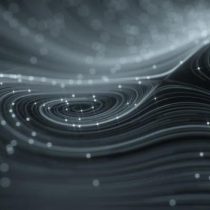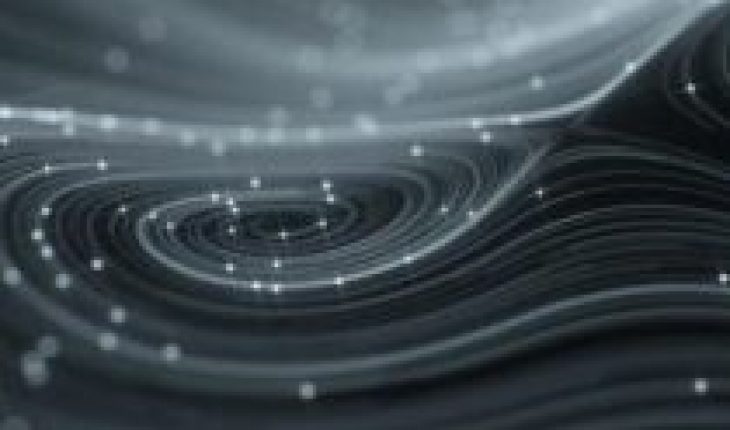
“We have discovered a new mechanism to generate currents on the surface of water or any liquid”, as Nicolás Mujica, academic of the Department of Physics of the Faculty of Physical Sciences and Mathematics of the University of Chile, who is also PhD in Physics, from paris 6 University (France), says.
“This will generate very important applications, from efficient mixing processes on liquid surfaces, to the separation of surface contaminants for the simple cleaning of industrial tanks,” explains Dr. Pablo Gutierrez, professor at the Institute of Engineering Sciences at the University of O’Higgins.
The work has great merit “we find a mechanism so far unknown of generating currents due to the presence of moving walls and that leads to the generation of very particular swirls. It is a great result, which is being reported to the scientific community for the first time,” explains Nicolas Périnet, Research Associate at Out-of-Balance Matter Laboratory, DFI.
Two experiments to find a mechanism
To achieve its results, the international team of researchers used a montage of Faraday waves (waves generated by container vibrations) and another with a rotary disc, which was manufactured with 3D printing and laser cutting at the University of Santiago de Chile.
The measurements were carried out with a Phantom rapid chamber, of which they are used to record movements so fast that they are imperceptible to the human eye, adds Leonardo Gordillo, academic specialized in fluid mechanics of the Department of Physics of the Faculty of Science of the University of Santiago de Chile.
“We did two experiments: in the first we took a bucket full of water, which we sprinkled with particles to visualize the movements on the surface of the liquid. We vibrate vertically the bucket to generate a wave. This gazettes the currents we discovered, something evidenced by how the particles we added were organized. The second experiment we did with a vertical disc that alternates its direction of rotation. By submerging it in the water halfway through, we exert forces on the fluid similar to those of the first experiment but without the wave. We observed exactly the same type of currents, which allowed us to identify the origin of the phenomenon and associate it with the wall,” explains Dr. Héctor Alarcón, a researcher at the University of O’Higgins and who has been working on this project for three years. In addition, the team performed high-complexity numerical simulations.
The next step in the research will be to measure in more detail the speeds on the surface of the liquid with three-dimensional measurements of the system. “This will lead us to put numbers at certain amounts of interest. Having done the above, we will manipulate floating objects without direct contact, using the currents that we have discovered through the moving edges”, concludes Matías Herrera, Degree in Applied Physics of the University of Santiago de Chile and whose thesis of Physical Engineering will address the subject.
The work involved Héctor Alarcón, University of O’Higgins and DFI, U. of Chile; Matías Herrera, University of Santiago de Chile; Nicolas Périnet (French) and Nicolás Mujica from the FCFM Department of Physics at the University of Chile; Pablo Gutierrez, University of O’Higgins and Leonardo Gordillo (Peruano) of the University of Santiago de Chile.
To view the original article published by the journal Physical Review Letters under the title Faraday-waves contact-line shear gradient induces streaming and tracer self-organization: From vortical to hedgehog-like patterns journals.aps.org/prl/abstract/10.1103/PhysRevLett.125.254505.
In addition, due to the relevance of the research, the work was also selected by the Physics Magazine of the American Physical Society for an outreach note that can be reviewed physics.aps.org/articles/v13/200.





